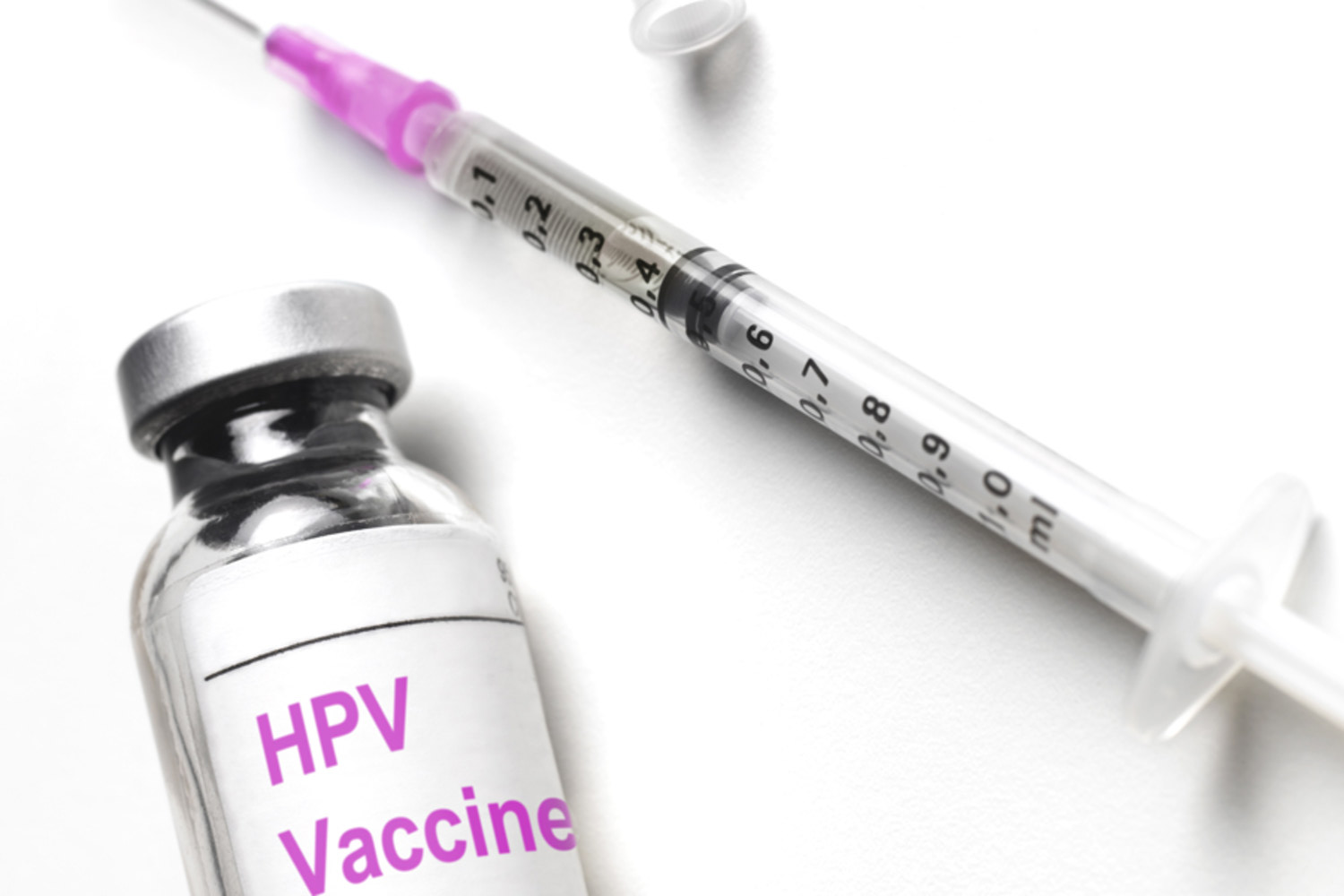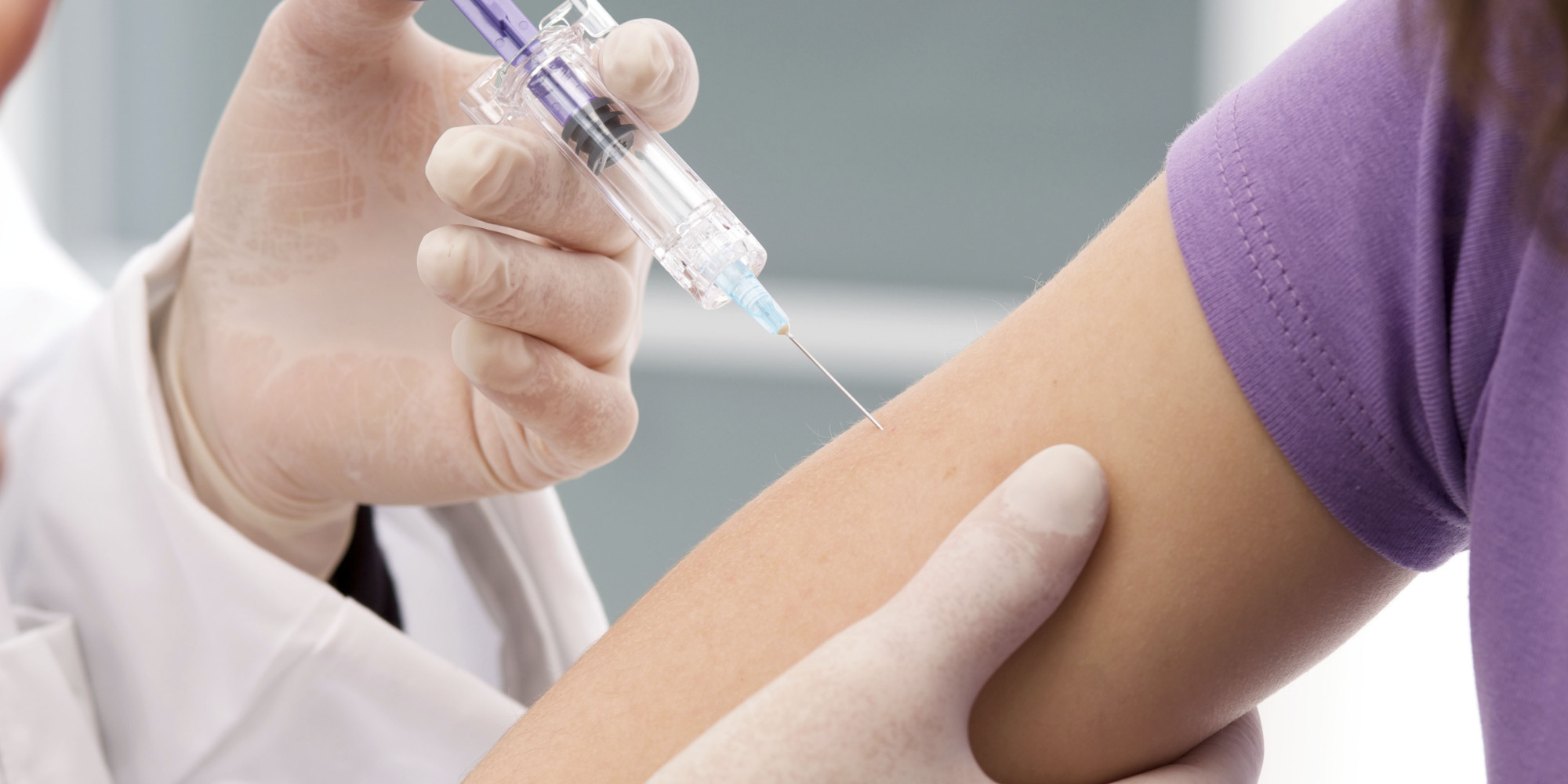Ever wondered about protecting yourself against meningitis? Learn about the options, benefits, and risks of meningococcal vaccines:
The Centers for Disease Control and Prevention (CDC) issued updated requirements for all providers in the Vaccines for Children (VFC) program in 2018, including continuous temperature monitoring devices.
The CDC and the FDA work hand in hand to monitor the effectiveness and safety of vaccines. Learn about the protections in place to maintain vaccine safety.
As part of the National Childhood Vaccine Injury Act of 1986 (NCVIA), health professionals and vaccine manufacturers are able to report adverse events that occur following a routine vaccine injection. In response, the Center for Disease Control and Prevention (CDC) and the Food and Drug Administration (FDA) created the Vaccine Adverse Event Reporting System (VAERS) in 1990 as a means for tracking this information. Learn more about the VAERS program:
Human Papillomavirus (HPV) is a group of more than 150 related viruses, each corresponding with a unique number to denote the HPV type. The CDC estimates that 14 million people are infected with HPV each year. Although most cases of HPV can be resolved without medical intervention, in some instances the virus can lead to more significant complications, like cancer.
Thanks to advances in vaccine medicine, we live in a world where our immune systems can be taught to fight off a disease before we fall ill. As adults age, however, their immune systems begin to weaken, limiting the response to infectious bacteria and viruses in their bodies.
Influenza, better known as the flu, is a highly contagious virus that attacks the respiratory system. The virus is passed from person to person though respiratory droplets emitted when an infected person talks, sneezes, or coughs. People find themselves at risk for contracting the flu when inhaling the infected droplets or touching their eyes, mouth or nose after touching something that has been infected.
DTaP is a vaccine given to infants and young children and is administered in 5 separate shots. Licensed in 2005, the CDC estimates that these vaccines will prevent 732,000 deaths of children born between 1994 and 2013. The vaccination protects against Diphtheria, Tetanus, and Pertussis.








